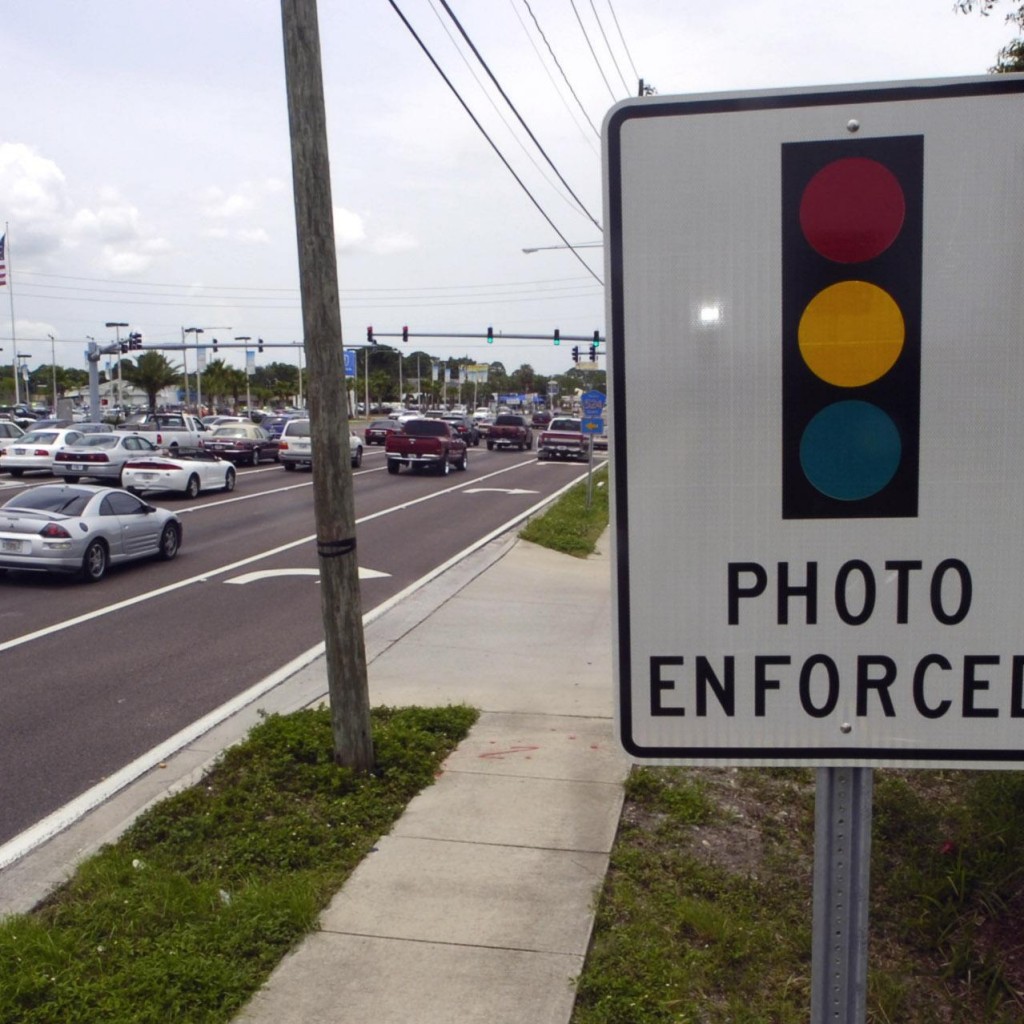
When it comes to crashes at Florida’s controversial red-light camera intersections, all may not be what it seems.
As Florida lawmakers gear up for battle once again over the use of red light cameras statewide, a new report by the Department of Highway Safety and Motor Vehicles offers a decidedly mixed bag for both sides of the debate.
On the one hand, the DHSMV released data Dec. 31 showing automobile accidents are up across Florida in the 2015-16 fiscal year, including those in the surrounding area of intersections with the contentious traffic control devices – a tidbit quickly scooped up by many media outlets.
Nevertheless, a (slightly) deeper dive into the numbers reveals something a little different. According to the figures, the rate of accidents is actually down at the red-light camera intersections themselves.
And while we may not be the biggest cheerleaders for the red-light camera program, numbers don’t lie – as long as they are presented in the right context. That’s the foundation of credibility.
To explain, the DHSMV report gathered data by pulling crash reports from a statewide database – and importantly – from within 250 feet of RLC intersections, which pulls in a lot of accidents unrelated to real red light running.
This 250-foot radius would include accidents unrelated to RLC’s: For example, those from a car pulling out onto the road from an adjacent McDonalds, or switching lanes while approaching the intersection, etc.
When further breaking down trends in reported crashes, only red-light running crashes and those involving pedestrians – which are both down – are the accidents certain to occur in an actual intersection/crosswalk; these are most likely attributable to running a signal light.
A recent article by the News Service of Florida – with the title “Crashes up at Red-Light Camera Intersections” – does indeed mention an increase in vehicle miles traveled statewide. More people are driving, so they are (unsurprisingly) more crashes.
But the piece misses a major point made by the DHSMV: Although crashes are up statewide during the reporting period, along with other increased crash numbers, many of those may have occurred 100-200 feet away from the intersection, and therefore not directly related to RLC’s.
Another missed point is that the report refined crash analysis to just include crashes that occurred on roadway – last year’s report (which is mentioned as a trend line for this year, thereby justifying a somewhat sensational headline) took in account accidents happening in adjacent parking lots to an intersection.
The main takeaway is that this report needs a little more work before it can be a truly accurate representation of crashes resulting from running red lights.
As the DHSMV cautions: “The crash analysis should be put into context of the overall complexity of the issue at hand, as many factors may contribute to the change in number of crashes outlined in this report.”
Among those factors: Red light cameras can be made increasingly noticeable with the use of signs, fixed so that drivers will indeed change behavior and safely enter and exit those intersections.
So, the only true value of this report will come when crash data shows what really occurs at an intersection, not a couple of hundred feet away. Because context is everything.



